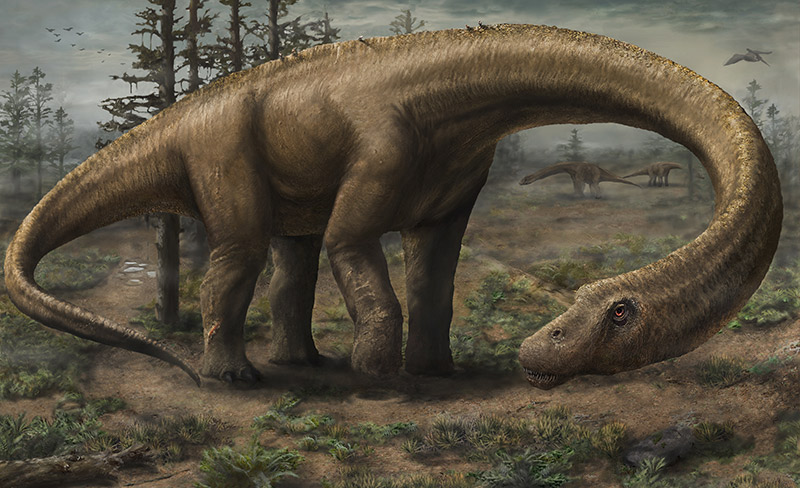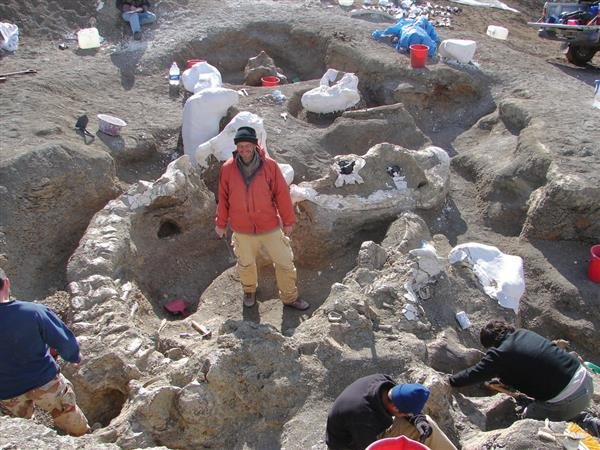(Why Dinosaurs Matter, Kenneth Lacovara, Sept 2017)
Kenneth Lacovara is a storyteller. In Why Dinosaurs Matter, he has woven together the importance of dinosaurs in the census of species, as well as stringing together the story of their discovery and popularization, beginning less than 200 years ago. It is a fast, easy read, and should turn any bored teenager into a thrill-seeking paleontologist – like Kenneth Lacovara.
Lacovara is no slouch in the field. He discovered the Dreadnoughtus, currently the largest dinosaur ever found, at 85 feet in length and 130,000 pounds in heft. They are his life’s work and passion.

Because most dinosaur bones and fossils are found in sedimentary formations near ancient lowlands and seashores, we know nothing about highland dinosaurs, those adapted to the hills, forests and mountains. The closest we’ve come are the wooly mammoths of Siberia, hardly dinosaur class. Like every other being, then, now and forever, dinosaurs were perfectly adapted to their specific environment. They were not trapped, diseased, or too inflexible to survive. Stuff happened, and species turnover is constant. Lacovara spends a lot of (too much) time batting away the pejorative adjective dinosaur in our culture.
This little book is purely top line – all the accomplishments and milestones without the frustrations, fighting, wrong turns and failures. That helps it move quickly and positively. Unusually for a TED talk, there is a climax, a very dramatic one. Lacovara describes in fine detail the repercussions of the asteroid hitting the earth – that doomed the dinosaurs after 165 million years. He shows how interconnected everything is, such that every aspect of the aftermath affected a far greater number of things elsewhere. From the heat blast (three minutes in a pizza oven) to the tsunamis that pushed into North America in the complete darkness of the suddenly permanent night, and the consequent lack of phytoplankton that starved nearly every aquatic creature in the chain, it made for a nearly instantaneous fifth extinction.

As I read, I kept thinking this is the wrong format, and the thought got more and more pronounced as I read. This is clearly a case for a graphic novel format. It is so visual, with fossils, sedimentary layers, uplifted cliffs, dinosaur bones, dinosaurs themselves, and all the scientists who brought them into mainstream thought (including historically critical paintings and sculptures) – that words alone are a wasted opportunity. That there are no photographs at all in this book is aggravating – though there is the occasional drawing of a stylized dreadnoughtus here and there. As it stands, you will absolutely need a computer and a search engine set to Images to see what he’s talking about. Dinosaurs you never heard of, for example (we now discover new ones weekly!). Lacovara’s message, almost inevitably, is that we have only just discovered the immensity of what we don’t know, yet we’re plowing ahead full throttle into the sixth extinction. Now knowing what the fifth was like, we really don’t want to do that.
David Wineberg